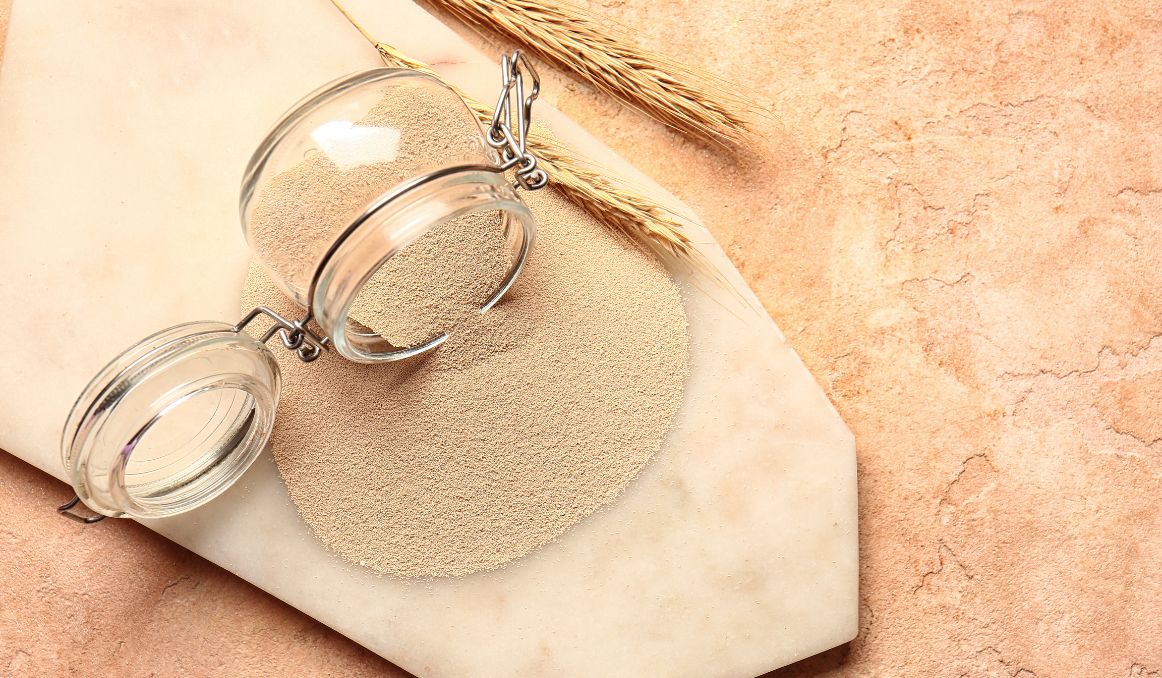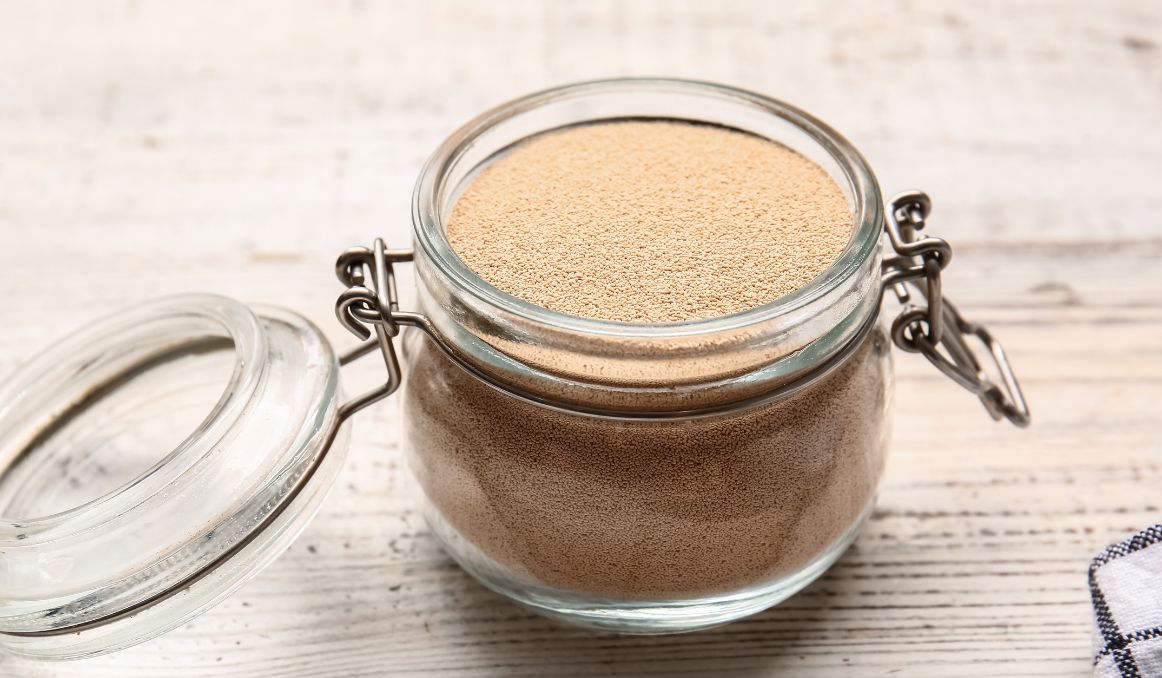How to Keep Dry Yeast Alive
Dry yeast is one of the greatest inventions for brewers as it stores well, has a long shelf life, and is easy to package, ship, and then reactivate.
For brewers just starting out, dry yeast is a great way to begin your road down brewing lane.
But how do you make sure your investment in dry yeast is not wasted?
You don’t want that yeast to go bad and let you down when you’re ready to pitch, and in fact, it does not have to. You can learn how to keep yeast alive for years.

Yeast: From Miracle to Everyday
Yes, once upon a time, long, long ago, yeast was considered a miracle.
The truth is, no one even knew what yeast was.
Ancient Egyptians thousands of years ago followed the traditions of their ancestors, who were following the traditions of their own ancestors, and simply crushed grapes and left them out for several days.
When they returned to filter out the solid particles and sediment, they had wine.
“A miracle.”
Of course, this is how all religions and gods were originally created.
When we cannot understand something, we ascribe it mystical powers.
Hence, wine became known as the nectar of the gods.
The reality is that yeast has been around for far longer than humans and even animals have.
It is a member of the fungus family, the oldest living organism on earth, and it has had one job for its entire existence – find sugar and convert it to alcohol and carbon dioxide.
That’s it.
And it is very good at its job.
Which is why yeast is virtually everywhere all the time.
It is in the air, on every surface, on our skin, and even in our bodies.
Yeast can survive in almost any atmosphere except for in extreme heat.
It can reproduce with or without oxygen and sexually or asexually.
As long as it has a steady stream of sugar, it is happy.
And even if it does not have access to sugar, even in cooler temperatures when sugars are not ripe in fruit on trees, yeast can simply go dormant, hibernating until temperatures heat up and sugars hit the scene once more.
So it is no wonder that Ancient Egyptians called the fermentation process a miracle.
How could they possibly know that a microscopic life form was hovering, just waiting for those crushed grapes to be left out?
But that is precisely what yeast was doing. Still does today.
Each time we leave out a sugary treat, it is only a matter of days before we see the white film form on top layer, the active, bubbling, and frothing comes next, the krausening is the peak, where giant frothy bubbles will form as a sort of crust, and then the fermentation slows down as the yeast finishes off the last of the sugars, leaving alcohol, carbon dioxide, and hundreds of other micronutrients.
The fact that Louis Pasteur came along in the 1800s to tell us precisely what is taking place with yeast during the fermentation process makes it no less of a miracle to most brewers, vintners, and bakers.
And the wonders of delicious wine, beer, and leavened bread are certainly still akin to a religious experience for most of us.
The amazing thing about science is that it does not rob us of our mysticism. It only enhances it.
Today, we have seen what was once a miracle of the unknown become an everyday staple that comes in a package. Dried yeast is indeed its own kind of miracle.
Dried Yeast

With the rise of industrialization and commercialization, manufacturers began to capitalize on the production of yeast, harvesting it, packaging it, and selling it to brewers, wine makers, and bakers.
Over time, they learned to dry the yeast out, making it even more shelf stable and easier to ship across country or even overseas.
The upside of dried yeast is that it lasts much longer than wet active yeast, which is typically only good for a few weeks after arrival. Dried yeast can last for years with the proper storage.
The only downside of dried yeast is that many fewer strains are available to experiment with for brewers.
This downside is not huge if you are just starting out, though. The first goal of brewing is just to master the craft, and you can do that with any dried yeast.
How to Keep Dry Yeast Alive
Now, if you have ordered your dry yeast and it has arrived, you may be in a position where you want to use only some of the package and store the rest, or you perhaps are not quite ready to pitch, and you want to be sure your yeast will keep.
The first step with dry yeast is to make sure it has arrived alive.
You can tell if your yeast is alive by placing a ¼ of a teaspoon in 1 cup of warm water with 1 teaspoon of sugar.
Within 10 minutes, you should see active bubbling and frothing. That will tell you your yeast is alive and well.
If nothing happens within a few hours, you probably have dead yeast and you should return it to the manufacturer to get your money back or a new package.
Now, this is clearly the most basic tests possible and it doesn’t tell you anything about how much of the yeast is actually alive. You can check that using a microscope and a hemocytometer or you can make a small investment in an automated yeast cell counter that can do accurate cell counts and viability assessments in no time. Here we’ve written more about How to test if yeast is alive
Finally, to keep your dry yeast alive, store it in an airtight container like a glass jar with an airtight lid, and place the container on a dry, cool shelf like a pantry.
Typically, you can expect dry yeast to live for up to two years, but unless you are keeping a bank, you probably won’t need it for that long.
Once you do pull it out to prepare for pitch, be sure to check for viability again, just to ensure your pitch rate is accurate.
Cheers!
Yeast activity monitoring is essential for optimizing the process of yeast harvesting and repitching! If you’re interested in finding out how you can use our technology to control fermentation and monitor your yeast, save work hours and improve the cost-efficiency of your business, drop us a line at [email protected] or check out the product pages (for beer or wine):
- Oculyze BB 2.0 (Better Brewing) Yeast Cell Counter App + Hardware
- Oculyze FW (Fermentation Wine) Yeast Cell Counter App + Hardware
Also, you can now get access to a fully functional demo account to test our Web App. Completely free of charge and with no commitment to purchase.
Sources:
- https://www.bobsredmill.com/blog/healthy-living/how-to-store-active-dry-yeast/
- https://www.thespruceeats.com/how-long-is-yeast-good-for-1388307
- https://www.allrecipes.com/article/how-to-store-yeast/


